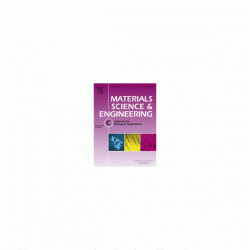Abstract
The immobilization of biofunctional molecules to biomaterial surfaces has enabled and expanded the versatility of currently available biomaterials to a wider range of applications. In addition, immobilized biomolecules offer modified surfaces that allow the use of smaller amounts of potentially harmful substances or prevent overdose, while the exhibited biological functions remain persistently effective. Surface concentrations of chlorhexidine (CHX) (1.40 ± 0.08 × 10− 9 mol·cm− 2) and bone morphogenetic protein 2 (BMP-2) (1.51 ± 0.08 × 10− 11 mol·cm− 2) immobilized molecules were determined in this study, and their specific biological functions in terms of antibacterial activity and osteogenesis potency, respectively, were demonstrated to be unambiguously effective. Immobilization exploits the use of vapor-based poly-p-xylylenes, which exhibit excellent biocompatibility and wide applicability for various substrate materials. This technique represents a practical and economical approach for the manufacture of certain industrial products. Furthermore, a minimal degree of macrophage activation was indicated on the modified surfaces via insignificant morphological changes and low levels of adverse inflammatory signals, including suppressed production of the pro-inflammatory cytokines IL-1β and TNF-α as well as nitric oxide (NO). The results and the modification strategy illustrate a concept for designing prospective biomaterial surfaces such that the manipulation employed to elicit targeted biological responses does not compromise immunological compatibility.
Graphical abstract

.png)

